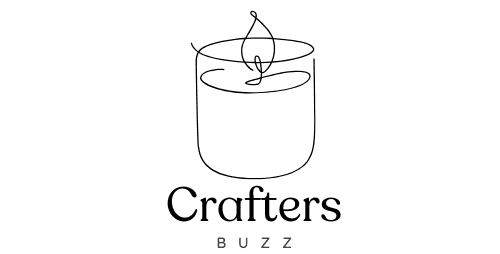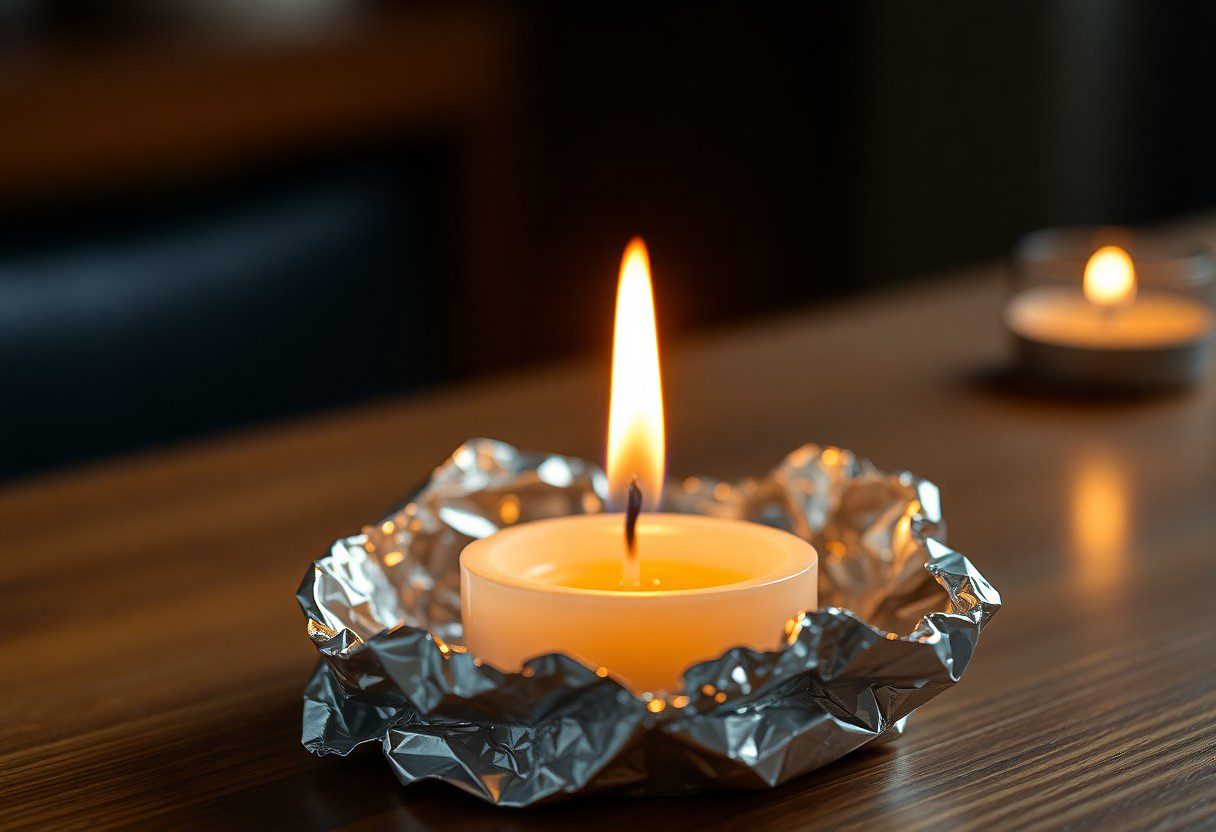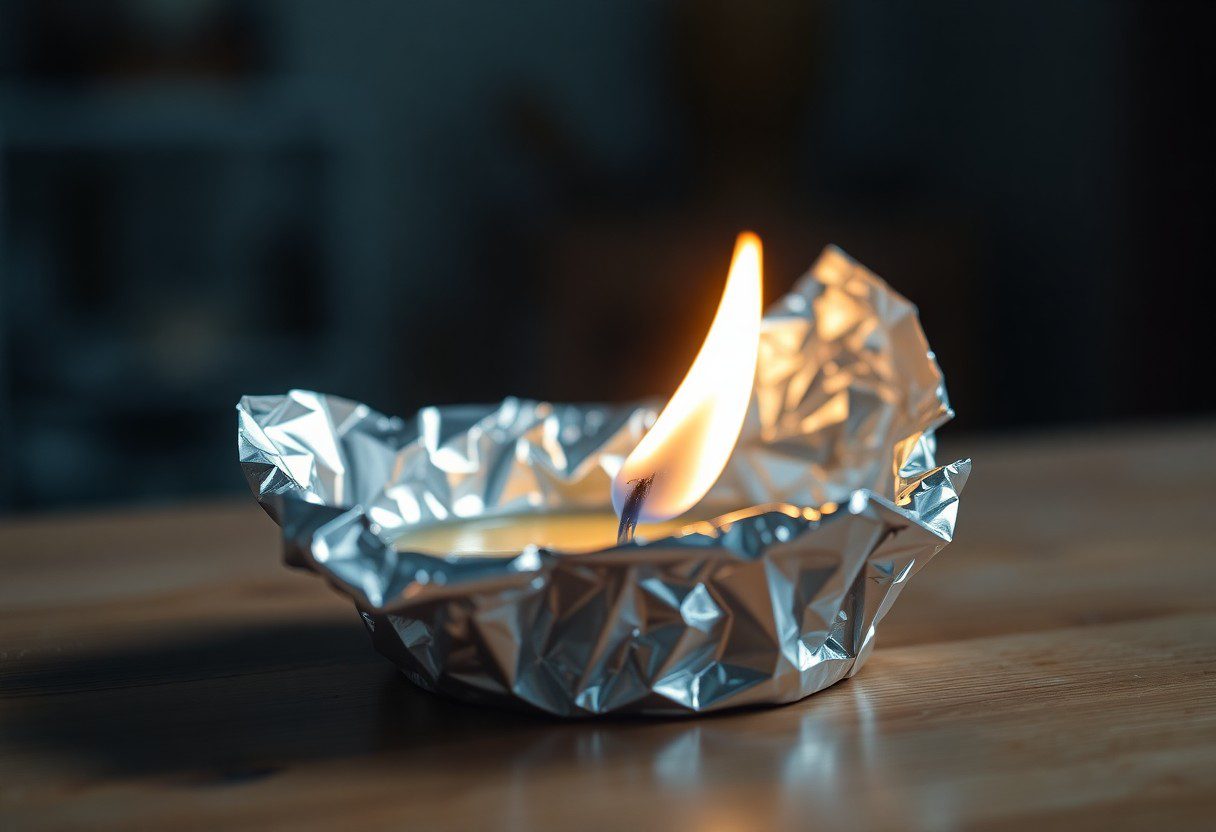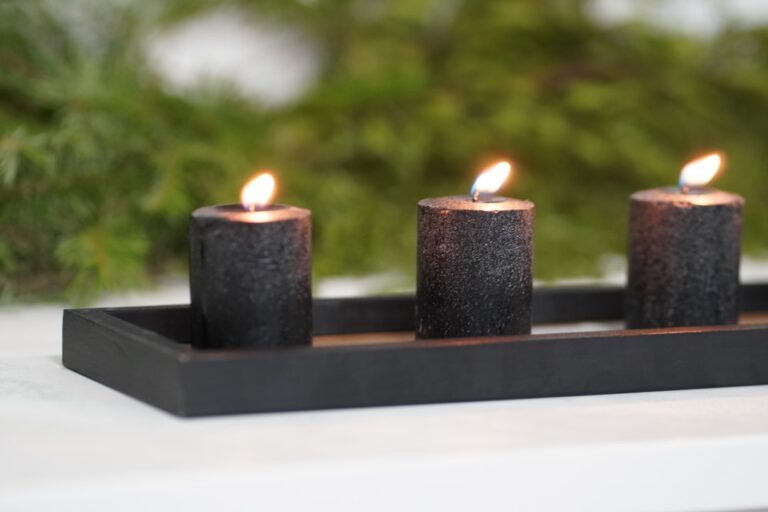how to prevent candle tunneling
Most candle lovers have experienced the frustration of candle tunneling, where a candle burns down the center, leaving unused wax on the sides. This not only wastes your money but also affects your overall candle experience. To ensure you get the most out of your candles, it’s important to follow a few simple techniques that promote an even burn, enhancing both the longevity and the fragrance throw of your candle. In this post, you’ll learn effective strategies to prevent tunneling, maximizing the enjoyment of your favorite scents.
Understanding Candle Tunneling
To prevent candle tunneling effectively, it’s important to grasp the underlying concept behind it. Candle tunneling occurs when your candle burns down the center, leaving an unburned wax wall around the edges. This phenomenon not only wastes wax but can affect the candle’s performance and fragrance throw, leading to an unsatisfactory experience.
What is Candle Tunneling?
About candle tunneling, it is the result of uneven burning where the wax near the edges remains solid while the wax in the middle melts away. This can create a deep tunnel or hollow cavity within the candle, which often leads to uneven candle consumption.
Causes of Candle Tunneling
Causes of candle tunneling include factors such as short burn times, drafts, and improper wick sizing. These elements interfere with the wax’s melting process, preventing it from pooling properly around the candle’s edges.
Plus, a short burn time can cause the candle to create a tunnel as it does not allow enough heat to melt the wax evenly. Additionally, drafts from open windows or air conditioning can lead to uneven hot spots, damaging your candle’s structure. Poorly sized or damaged wicks can also contribute to this issue, as an inadequate wick may not produce enough heat to melt the wax evenly. Understanding these causes will help you take the right steps to prevent tunneling and ensure a better burn experience.
Choosing the Right Candle
Some factors significantly influence the way your candle burns, and selecting the right candle is imperative to prevent tunneling. Make sure to consider wax type, wick size, and overall quality when making your purchase. High-quality ingredients contribute to a more even burn, while cheaper alternatives may lead to uneven wax melting and wasted product. Ultimately, a well-chosen candle can enhance your experience and prolong its lifespan.
Wax Types and Their Importance
On choosing the right wax type, you should consider its melting point and composition, which directly affect burn quality. Here’s a breakdown of common wax types:
| Wax Type | Melting Point |
| Paraffin | 120-150°F |
| Soy | 120-180°F |
| Beeswax | 144-149°F |
| Palamino | 120-130°F |
Perceiving the differences between these wax types can help you select a candle that not only looks good but also burns effectively and evenly.
Wick Size and Material Considerations
Around wick size and material are often overlooked yet play a vital role in how your candle burns. A correctly sized wick ensures an even melt pool and prevents candle tunneling.
Plus, you need to pay attention to the wick diameter and material, as these factors determine how well the wax is heated and consumed. For example, a larger wick may produce a stronger flame but can cause soot and unfinished burning. Conversely, a small wick may struggle to melt enough wax, leading to tunneling. Opt for wicks made from materials like cotton or wood, as they can provide a cleaner burn and enhance your overall scent experience. Ensuring the right wick is key to getting the most out of your candle.
Proper Candle Lighting Techniques
While lighting your candles, attention to technique is crucial to achieve an even burn and prevent tunneling. Begin by ensuring the wick is trimmed to about 1/4 inch before lighting to promote a steady flame that efficiently melts the wax evenly. Additionally, always allow the candle to burn long enough for the wax pool to reach the edges of the container during each use.
Lighting the Candle Correctly
With the right approach to lighting, your candle experience can be enhanced significantly. Use a long lighter or match to reach the wick easily, ensuring you do not scorch the jar or your fingers. Light it carefully and make sure the flame is stable before leaving the room.
Burn Time and Its Impact
For optimal performance, consider your candle’s burn time on each occasion. It’s recommended to burn your candle for at least one hour for every inch of its diameter to prevent tunneling and form an even wax pool.
Also, keeping an eye on the burn time can make a substantial difference in how your candle performs. If you only burn it for a short time, the wax may not melt evenly, leading to inefficient burning in future sessions. A proper burn causes the wax to melt all the way to the edge of the container, allowing for a longer-lasting candle experience. Make sure to monitor burn times closely, as this affects both the longevity and safety of your candle.
Optimal Candle Care
Unlike what some may believe, proper candle care goes a long way in preventing tunneling. Investing time in optimal practices can ensure your candle burns evenly, enhancing its longevity and fragrance. For more detailed guidance, check out How to Fix Candle Tunneling & Burn Your Candle Evenly.
Trimming the Wick
Any candle enthusiast will tell you that keeping your wick trimmed is vital for achieving a clean burn. A trimmed wick prevents excessive soot and reduces the risk of tunneling by guiding a steady flame. Aim for a wick length of about 1/4 inch before each burn to maintain its optimal performance.
Storage and Environmental Factors
After lighting, your candle’s environment plays a significant role in its performance. To prevent tunneling, consider these factors:
- The temperature of your candle’s environment should be moderate.
- Avoid placing your candle in drafty areas.
- Store candles in a cool, dry place away from heat sources.
Knowing these environmental influences can significantly enhance your candle’s performance.
Candle placement and storage matter more than you might think. Exposure to direct sunlight can melt wax unevenly, while humidity can affect burn quality. Always keep your candles away from direct heat sources and avoid extreme temperatures to ensure they perform well. Storing your candles upright and in a cool, dark place will help protect their integrity. Knowing your storage conditions can prevent issues like tunneling and ensure you enjoy your candles fully.
Advanced Techniques to Prevent Tunneling
After mastering the basics, you can investigate into advanced techniques to prevent candle tunneling. Consider the following methods:
- Use a heat gun to melt the candle’s top layer.
- Invest in quality candles with proper wax blends.
- Keep the candle away from drafts and direct sunlight.
- Trim the wick to the right length before lighting.
For more detailed insights, check out this article on How to Fix Candle Tunneling for Good.
Techniques Overview
| Technique | Description |
| Heat Gun | Melts top layer for an even burn. |
| Quality Candles | Better wax blends reduce tunneling. |
| Avoid Drafts | Prevents uneven melting caused by air movement. |
| Wick Trimming | Shorter wicks promote a cleaner burn. |
Double Wick Candles
Before purchasing candles, consider double wick options for a more balanced burn. These candles are designed to distribute heat evenly, reducing the likelihood of tunneling. Additionally, they create a wider melt pool, ensuring your candle lasts longer while providing a consistent fragrance throw.
Candle Accessories and Tools
With the right candle accessories and tools, you can enhance your candle experience. Products such as candle warmers, wick trimmers, and jar removers can significantly improve your candle’s performance.
Hence, investing in these accessories is a smart choice. Candle warmers allow you to melt wax without an open flame, while wick trimmers ensure your wick is always at the perfect length for optimal burning. Additionally, jar removers enable you to safely extract used wax, minimizing mess. With these tools, you’ll not only prevent tunneling but also create a safer and more enjoyable candle experience.
Troubleshooting Candle Tunneling Issues
Not all candles are created equal, and sometimes you’ll encounter tunneling despite your best efforts. To troubleshoot this issue, first verify that your candle is being burned for the recommended time during each use. If tunneling occurs, try to remedy it by melting the wax edges with a heat gun or microwave. If none of these tactics work, consider switching to a candle with a wider diameter or better-quality wax for an even burn.
Common Problems and Solutions
Any candle can develop tunneling, often due to burning it for too short a duration. To combat this, ensure each burn lasts long enough to allow the wax pool to reach the edge of the container. Additionally, wick size is a factor; if you notice excess soot or flickering, you may need to trim the wick to maintain a steady flame.
When to Discard a Candle
Among the signs that it’s time to discard a candle are severe tunneling, excessive soot production, or a wick that won’t stay lit despite trimming. If you notice these issues frequently, it might be best to dispose of the candle.
With a candle, your safety should always be a priority. If you observe any abnormal behavior, such as a flame that is too high, flickering wildly, or if the candle wax has an unpleasant odor, it’s best to stop using it. Furthermore, a candle that has melted poorly or shows signs of extensive tunneling indicates that you might be risking a fire hazard. Always err on the side of caution and ensure you keep your candle experience safe and pleasant.
Final Words
Taking this into account, you can effectively prevent candle tunneling by ensuring you trim the wick to about a quarter-inch before each burn and allowing the candle to melt evenly for a full melt pool during the first use. Opt for high-quality candles made from natural waxes, and avoid burning them for too long—ideally between one to four hours. By following these tips, you’ll enhance your candle experience and prolong the life of your favorite scents.
Q: What is candle tunneling and what causes it?
A: Candle tunneling occurs when the wax around the wick melts unevenly, resulting in a tunnel effect where the center melts down while the edges remain solid. This can happen due to various factors including burning the candle for too short a time, using a wick that is too small for the size of the candle, or the candle being of poor quality with a wax blend that doesn’t burn evenly. Environmental factors such as drafts or variances in temperature can also contribute to this issue.
Q: How can I ensure an even burn when lighting my candle?
A: To achieve an even burn and prevent tunneling, it is important to burn your candle long enough to allow the melt pool to reach the edges of the container. Typically, this means burning the candle for at least one hour for every inch of its diameter. Also, consider using a wick trimmer to keep the wick at the right length—about 1/4 inch before lighting. This promotes a more stable flame and helps reduce the likelihood of tunneling.
Q: Are there specific candle materials that help prevent tunneling?
A: Yes, the type of wax used in candles can significantly affect how they burn. Soy wax and natural wax blends often provide a more even burn compared to traditional paraffin wax. Look for candles that utilize high-quality, well-formulated waxes designed for a slow and consistent melt. Additionally, some manufacturers offer candles with built-in tunneling prevention features, such as wider wicks or special blends that enhance burn properties.










